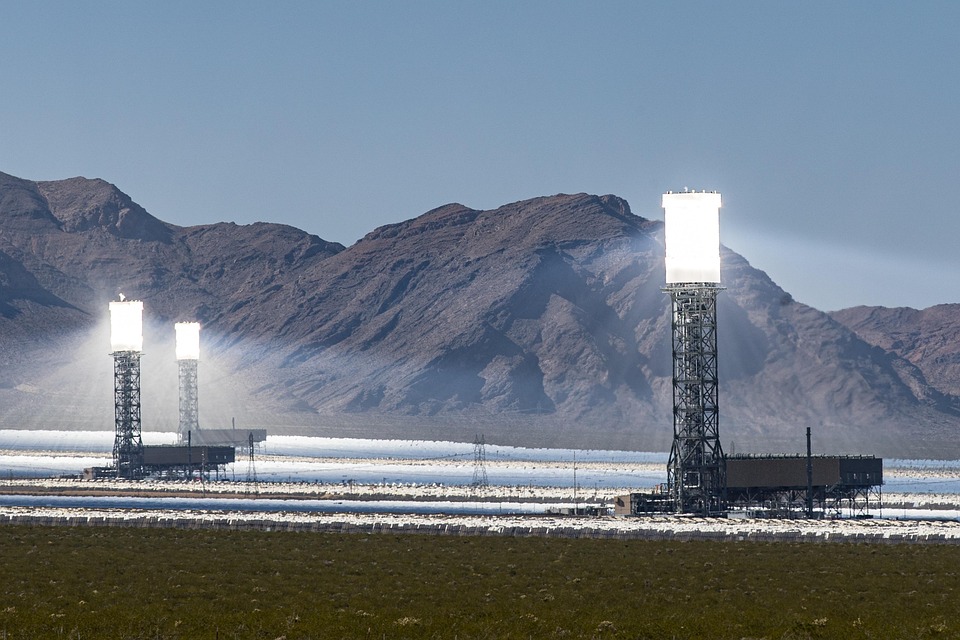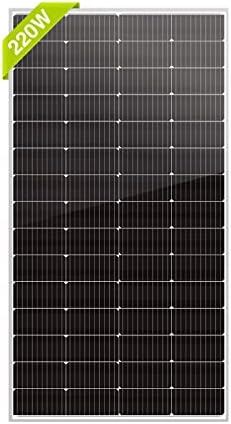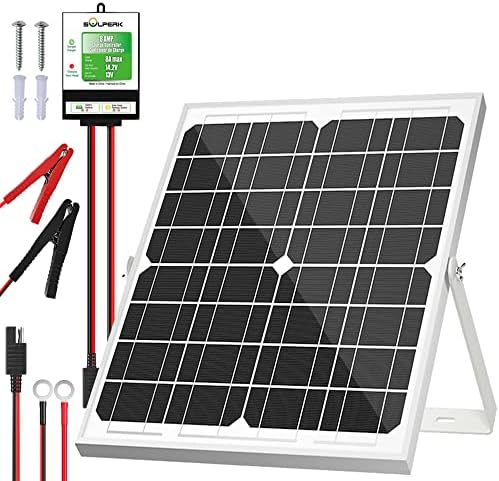# From Design to Deployment: Building Your Off-Grid Solar System
The first time I flipped the switch on my solar system, it was as if a version of myself had been reborn. The soft hum of devices powered by the sun, the rustle of leaves in the wind, and a newfound sense of independence encapsulated my off-grid lifestyle. Picture this: blue skies stretching infinitely above, farm-fresh eggs cooking to perfection, and the quiet comfort of knowing I’m harnessing the earth’s energy instead of relying on the grid. Today, let’s embark on this exciting journey of building your own off-grid solar system—where design meets deployment, and freedom meets practical sustainability.
## Understanding Your Needs
Before diving into the nitty-gritty of solar system components, it’s crucial to assess your energy needs. Start by calculating your daily electricity consumption. Create a list of devices you plan to power—everything from refrigerators to laptops—and their wattage. Tools like watt-meters or online calculators can help ensure you cover all your bases.
### Create Your Energy Blueprint
Once you have your list, plan your energy blueprint according to your lifestyle. Consider factors such as:
1. **Usage Patterns**: Which devices do you use daily, and for how long?
2. **Seasonal Variations**: Do you expect changes in your energy needs with seasons?
3. **Future Expansion**: Thinking of adding more devices down the line?
Mapping this out creates a personalized, efficient design for your solar system.
## Components of an Off-Grid Solar System
Building a solar system requires a few essential components. Let’s break them down:
### 1. Solar Panels
The heart of your solar system, solar panels, convert sunlight into electricity. Look for monocrystalline panels for their high efficiency and durability. Depending on your energy needs, the number of panels can vary, but the typical range is between 4 to 12 panels for residential setups.
### 2. Charge Controller
A charge controller manages the voltage and current coming from your solar panels to your batteries. This not only optimizes battery health but also prevents overcharging. A PWM (Pulse Width Modulation) charge controller is great for basic systems, while an MPPT (Maximum Power Point Tracking) controller may be more efficient for larger setups.
### 3. Batteries
Batteries store the energy generated from your solar panels for later use. Lithium-ion batteries are popular due to their longer lifespan, efficiency, and reduced weight compared to lead-acid alternatives. Consider your daily energy consumption and the number of sun hours to choose the right battery capacity.
### 4. Inverter
The inverter converts the stored DC (direct current) electricity in your batteries into usable AC (alternating current) electricity for your appliances. Choose an inverter that matches the wattage of the devices you plan to use. A pure sine wave inverter is preferred for sensitive electronics.
### 5. Mounting and Wiring
Proper mounting and wiring are vital for functionality and safety. Roof mounts or ground mounts will depend on your site’s specific conditions. Use quality, weather-resistant wiring to connect your system components.
## Designing Your System
With the basic components ready, it’s time to sketch out your solar system design. Start by mapping the locations of your panels, charge controller, batteries, and inverter. Make sure the panels are aligned for maximum sun exposure—ideally facing south in the Northern Hemisphere.
### Layout Tips
– **Consider Sun Exposure**: Position panels in areas free from obstructions like trees and buildings.
– **Future-Proof Your Layout**: Leave space for possible future expansions to your system.
– **Safety First**: Ensure all components are securely mounted, and follow local codes and regulations.
## Deployment: Putting It All Together
Now that the design is laid out, it’s time for deployment. This phase entails assembling all your components and ensuring they work seamlessly together.
### The Installation Process
1. **Mount the Solar Panels**: Secure them according to your previously designed layout.
2. **Connect the Charge Controller**: Wire the panels to the charge controller, ensuring polarity is correct.
3. **Install the Batteries**: Connect your batteries to the charge controller following manufacturer guidelines.
4. **Set Up the Inverter**: Connect the inverter to your battery bank and make the necessary configurations.
5. **Testing the System**: Once everything is connected, turn your system on and monitor its performance.
## Pro Tips for Smooth Sailing
1. **Start Small**: If you’re a solar newbie, begin with a basic setup. You can always expand later.
2. **Regular Maintenance**: Keep your panels clean and check all connections periodically to ensure your system operates at peak efficiency.
3. **Educate Yourself**: Take time to read up on solar technology and stay updated on any new innovations.
4. **Join Solar Communities**: Engage with local or online communities to share tips and troubleshoot any challenges you might face.
5. **Monitor Your Usage**: Keep a journal of your energy consumption to help refine your system over time.
## Troubleshooting Common Issues
Despite the best of intentions, you might run into some hiccups. Here are a few common problems and how to tackle them:
1. **Low Battery Levels**: If batteries are consistently low, check your panel orientation and connection integrity.
2. **Underperforming Panels**: Clean dust off your panels, and ensure there are no shading issues.
3. **Inverter Failure**: Check the inverter’s output and ensure you are not exceeding its capacity.
## Enjoying Off-Grid Freedom
The beauty of having your own off-grid solar system is not just the energy independence but the lifestyle that comes with it. Imagine cooking under the sun, charging your devices with guilt-free energy, and the peace of mind knowing your footprint is lighter on this planet.
### The Joy of Sustainable Living
Sustainable living isn’t just about utilizing renewable energy; it’s a mindset. Embrace this new lifestyle by exploring gardening, composting, and reducing waste. Each effort enhances your harmony with nature.
## Conclusion
Building your own off-grid solar system may seem daunting, but by understanding your needs, planning carefully, and sourcing quality components, you can create a powerful energy source that frees you from dependence on traditional utilities. You’ll find joy not just in the energy independence but in the sustainable lifestyle you cultivate around it.
As you flip the switch on your solar system, take a moment to celebrate your achievement and the journey ahead—because the sky isn’t the limit; it’s just the beginning!



